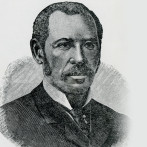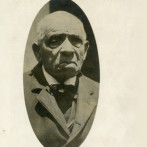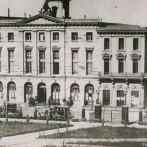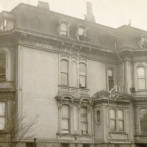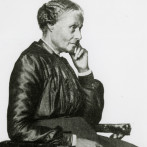Buy The Book – African Americans Of San Francisco
Buy Now! African Americans of San Francisco documents the contributions made by both pioneers of the 1800 and present individuals who helped to establish viable African American communities in the far west city of San Francisco, California. It is an overview of black pioneers of the 19th century who had over come great odds of slavery, racial discrimination, and economic struggle to develop communities in San Francisco and documents the work of 20th-century leaders who protected the rights of San Francisco’s black residents. African Americans of San Francisco examines aspects of life and conditions for black residents, as well as chronicles the social, political, and cultural contributions of the city’s African American...
Read More

